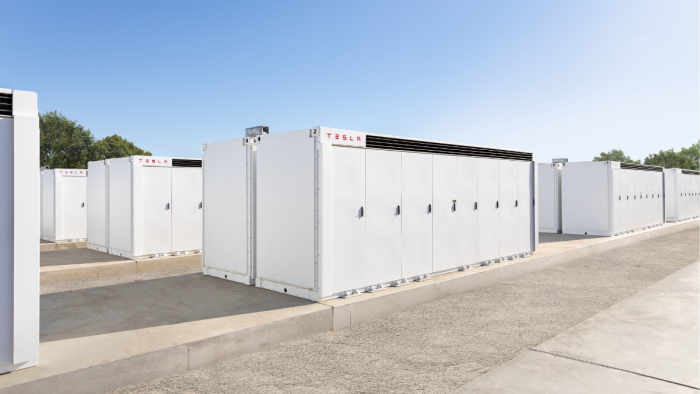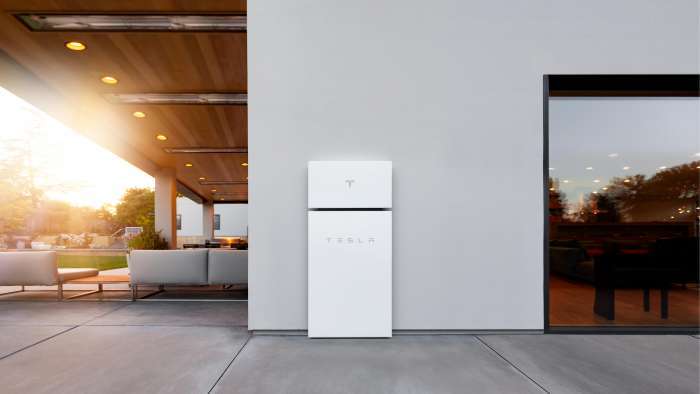The MOAB system integrates and controls reused EV batteries from different manufacturers into a unified system. The University of California, San Diego is expected to use it to store energy from a 200 kW rooftop solar photovoltaic unit to reduce demand on the local public grid after sunset, and avoid spikes in electricity rates.
The 500 kWh system also provides 48 hours of emergency standby power. In early March, the US Department of Energy awarded Smartville $5.9 million through a funding initiative to help advance technologies and processes that support electric vehicle battery recycling and reuse efforts across the country.
Smartville said it would use the funds to accelerate MOAB's commercialization. First, the funds will go toward Smartville's plans to convert MOAB into a UL-certified second-life electric vehicle battery energy storage system; second, it is expected to fund a 4 MWh “demo” project in central California, located next to an existing power plant operated by an independent California power producer in a disadvantaged community.

The company claims that most batteries retired from electric vehicles retain 70% of their storage capacity, making them candidates for stationary storage before being recycled. As a reminder, energy storage is basically the capture of energy produced at one time for use at a later time to reduce imbalances between energy demand and energy production. A device that stores energy is generally called an accumulator or battery. Energy comes in multiple forms including radiation, chemical, gravitational potential, electrical potential, electricity, elevated temperature, latent heat and kinetic. Energy storage involves converting energy from forms that are difficult to store to more conveniently or economically storable forms.
Some technologies provide short-term energy storage, while others can endure for much longer. Bulk energy storage is currently dominated by hydroelectric dams, both conventional as well as pumped. Grid energy storage is a collection of methods used for energy storage on a large scale within an electrical power grid. Common examples of energy storage are the rechargeable battery, which stores chemical energy readily convertible to electricity to operate a mobile phone; the hydroelectric dam, which stores energy in a reservoir as gravitational potential energy; and ice storage tanks, which store ice frozen by cheaper energy at night to meet peak daytime demand for cooling.
According to Smartville´s website, the MOAB is “… the most sustainable and cost-competitive energy storage system on the market. MOAB uses repurposed electric vehicle batteries as the core component of its energy storage system. This means that MOAB has the lowest carbon footprint of any energy storage product available, making it the ideal choice for environmentally conscious businesses and organizations”.

They also mention that “… MOAB is more than just eco-friendly. It also offers patented battery management technology that ensures scalability, reliability, and safety. MOAB’s building block design enables a wide range of applications, from MWh-scale commercial and industrial installations to GWh-scale grid services and renewable integrations“.
“This represents our first step in bringing a truly scalable EV battery repurposing solution to market and providing a domestically manufactured energy storage product to meet California’s and the nation’s infrastructure needs,” said Smartville’s CEO and Co-founder Antoni Tong. “To accelerate our next commercial milestone, we are now speaking with venture investors interested in advancing profitable, scalable, low-carbon, low-cost solutions to our sustainable future.”
Source: smartville & energytech
All images courtesy of Tesla Inc.
Nico Caballero is the VP of Finance of Cogency Power, specializing in solar energy. He also holds a Diploma in Electric Cars from Delft University of Technology in the Netherlands, and enjoys doing research about Tesla and EV batteries. He can be reached at @NicoTorqueNews on Twitter. Nico covers Tesla and electric vehicle latest happenings at Torque News.












